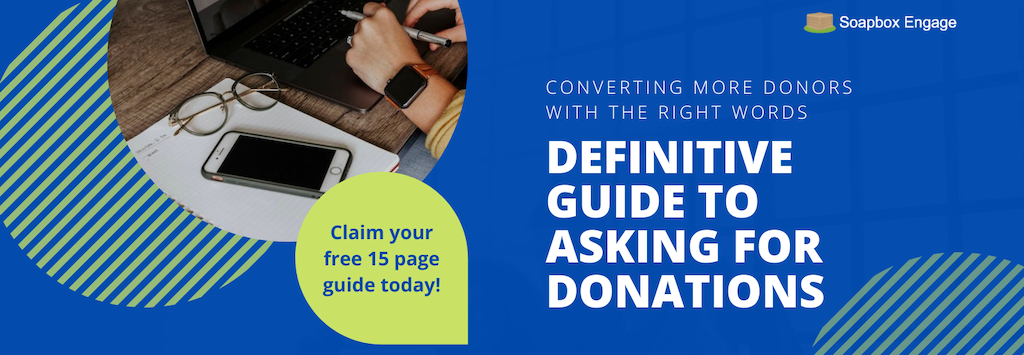
Community partnerships are an essential tool for a nonprofit’s success. You can build a community partnership by starting with the personal relationships within your organization, such as your donors, volunteers, or board members. You can also build partnerships with local media organizations, small businesses, advocacy groups, and more.
There are many practical benefits to these relationships such as increased visibility, considerable grants and sponsorships, and expanded capabilities and resources. This will be mutually beneficial for all members of the partnership. Furthermore, as mission driven organizations, community partnerships provide an opportunity to deepen relationships with those you are serving, and continuously collaborate to better complete the work.
Table of Contents
Benefits of strong community partnerships
Funding opportunities
If you’ve ever looked at another organization and wondered just how they repeatedly secure the most enticing grant, it may be due to their community partnerships. As grant funding continues to get more competitive, granters are often looking for collaboration among organizations. Partnering with a mission-aligned organization on a project could result in both organizations securing the funding they need to ensure your program is a success! Furthermore, many foundations do not have open submission periods, and you must be invited to apply. Community partnerships with the right groups can be the key to making the necessary connection with a foundation that has a grant that’s perfect for your organization.
Increased marketing
Strong community partnerships provide an opportunity to expand the reach of your marketing campaigns. You can partner with local media organizations, who can then amplify your events and programs to their audiences. Partnering with other organizations also gives you access to their network, which can be a whole new community of like-minded people who are interested in supporting the work of your organization. And this is mutually beneficial, as your partner organization can benefit from your networks as well.
Expanded capabilities and resources
You never know what you have in your network until you put in time to build relationships. Perhaps you’re looking for a cost-effective place to host an event. A community partner might be able to provide a free space, or they could connect you to their own sponsors, or provide a variety of other resources you need to make the event successful. Forming community partnerships means you can share resources, expanding the capacity of what you are able to accomplish.
4 steps to building strong community partnerships
1. Set goals for your desired outcomes
It’s important to know what you’re looking for when you are developing a new community partnership. Do you want to gain new resources? Increase your visibility? Expand your reach in the community? Having defined goals is crucial. It's also essential to ensure that your potential partner's goals, mission, and culture complement your vision for the partnership and that both organization's goals are harmonious.
2. Look within your own community to build partnerships
You don’t have to reinvent the wheel or search far and wide when you’re looking to build community partnerships. Some of the strongest potential community partnerships can be seeded from right in your existing community, amongst your volunteers, donors, and attendees. Learning more about the people in your network is a start to finding the best community partners. It could be helpful to add "follow-up questions" to sign-up forms to learn more about why people are interested in the nonprofit. Many forms like the Soapbox Engage Forms app allow for open-ended or "drop-down" questions.
3. Determine the parameters of the partnership
When determining the parameters of the partnership, you should review the goals you set at the start. Work with your community partners to agree on how the partnership will be defined, as well as the sharing of resources and capacities. Outlining roles and responsibilities is an essential part of any community partnership action plan. Start slow. Building relationships takes time. Agreeing to key objectives to evaluate regularly can prevent or lessen conflicts or disagreements as the partnership blossoms.
4. Evaluate the partnership regularly
Defining your key objectives gives you something to evaluate regularly. By collecting data, you can see if the community partnerships are helping you reach your desired outcomes. If not, you can work collaboratively to adjust the partnership and make sure it meets everyone’s goals.
Here are three more resources to help you build strong community partnerships.

